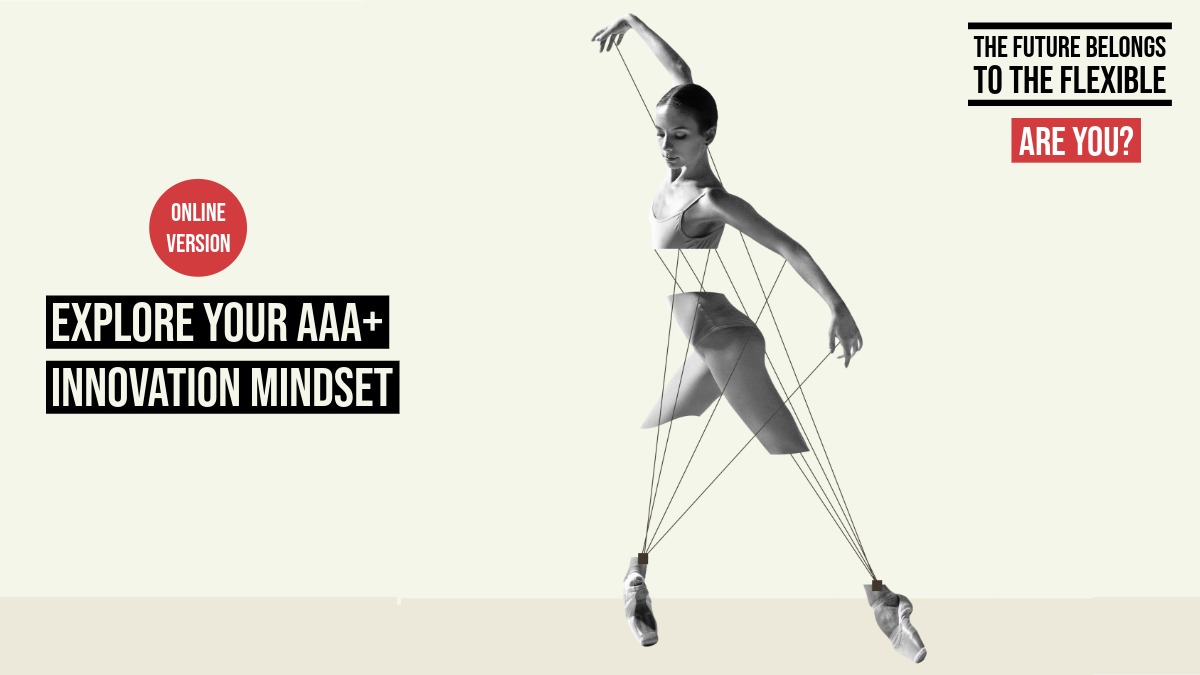

AAA+The World is Changing. So must we.
How Flexible Is Your Mindset?
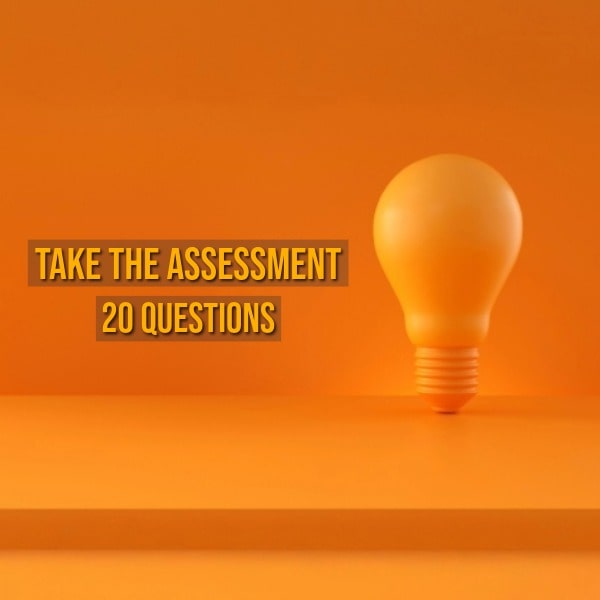
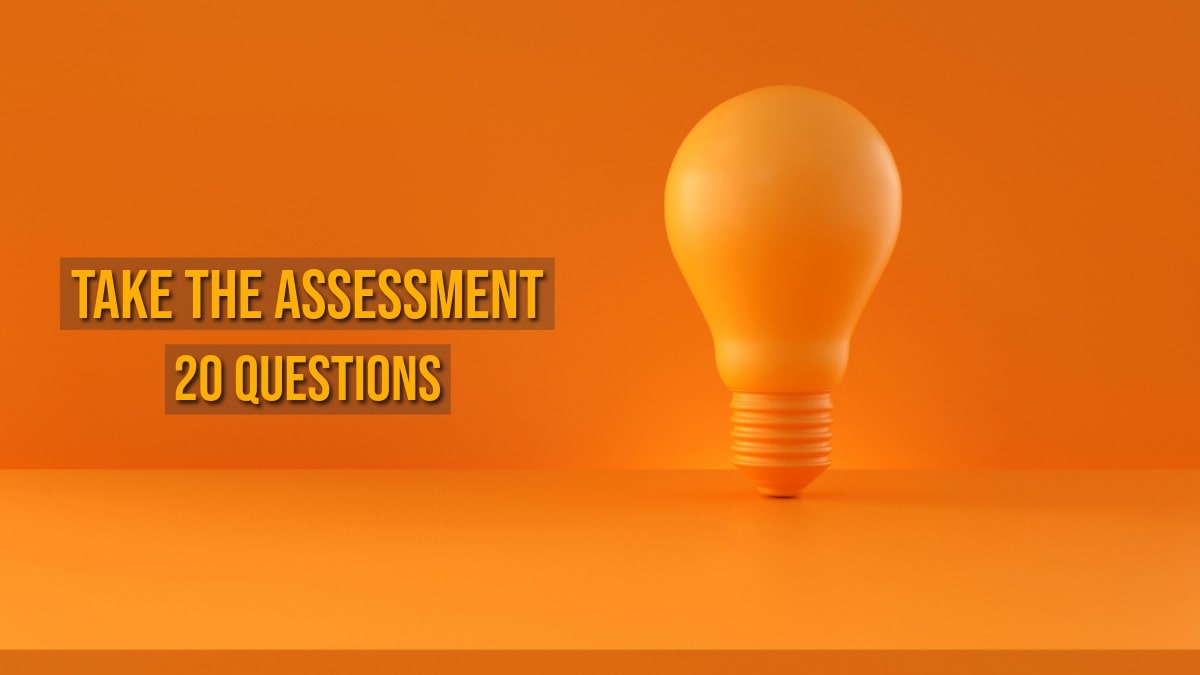
This short assessment provides a ‘quick and clean’ snapshot of your cognitive flexibility and adaptive behaviour patterns around an issue or goal selected by you.
It is a highly simplified version of the methods we use in our innovation workshops, courses and coaching, which are inspired by cutting-edge cognitive neuroscience and evolutionary principles.
To begin:
- Click on the button below
- Read the introduction
- Enter your focus area or intention
- Rank 20 statements on a scale of 1 to 10.
Many assessments encourage you to answer with the first thing that comes into your mind or ‘gut instinct’.
Not this one.
You will get much more useful results if you take the time to consider carefully the answers you provide, rather than rushing through – the whole point of the tool is the opportunity for reflection rather than just the numbers which pop out at the end.
Data Protection Note: We do not see or have access to the questionnaire answers you provide.
Practical. Powerful. Surprising.
What Others Say
From leadership teams to diverse organisations across the globe, the words we most often hear are 'inspiring', 'surprising' and 'practical'. Here are some other things people have to say:
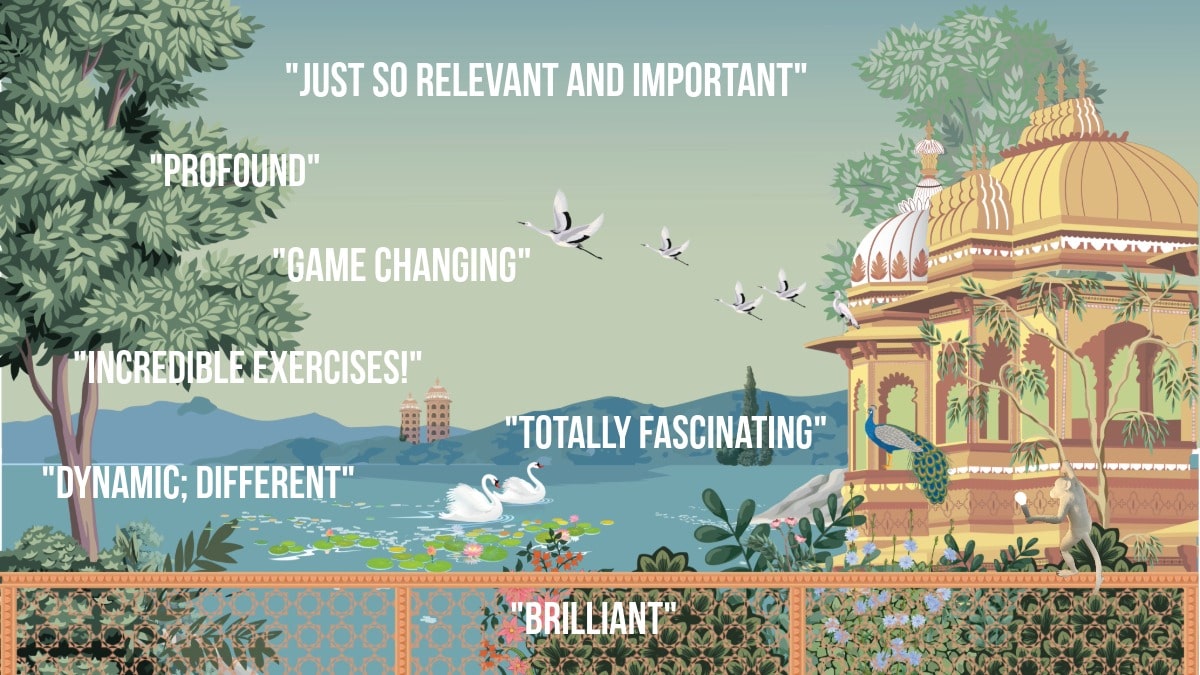
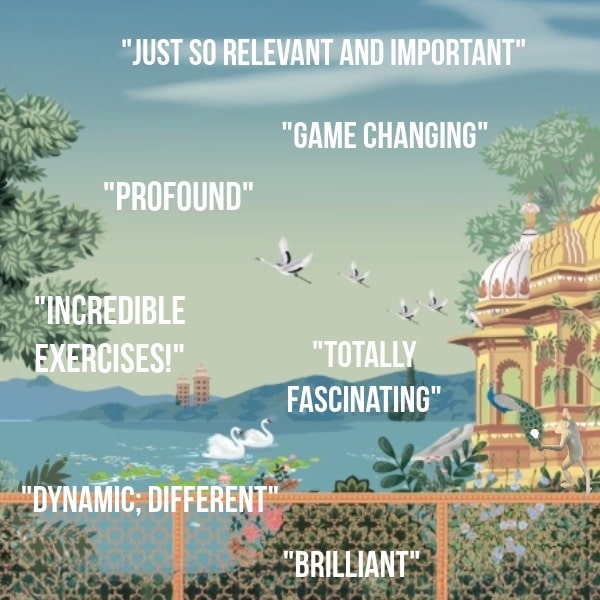
NOTE IN AN AGE OF SKIM READING AND IMPATIENCE
Of course, you can go right to the questions below, but this introduction section describes what the tool is/ isn’t and the underlying logic and structure.
AAA+Agency - Adaptability - Aspirations - Internal State
The Brain Innovation Project
INTRODUCTION
Locked away in the darkness of our skulls, our astonishing brains never experience the world directly ‘as is‘. Rather, they receive streams of sensory data, from which they must infer meaning and what’s going on ‘out there’ – constructing internal models of the world and ourselves within it. These models are shaped by our underlying biological instincts and lived experience.
Our world models are not static memories of the past, but rather interpretations of the present and predictions for the future. That is, our own unique, active hypotheses about how the world works, what to expect and how to act effectively within it. Since our models seem so natural and real to us, we are rarely aware of them, content to function on autopilot and let our pre-existing assumptions run the show. Yet our models filter and frame everything we experience and drive all of our actions, often becoming self-fulfilling prophecies as our brains seek to bring about and confirm their understanding of the world.
Most self-assessment tools aim to describe who we are — our traits, preferences, or personality types. The AAA+ Framework takes a different approach. It explores how we – or our models – adapt to change and uncertainty: how our sense of Agency, Aspirations, and Adaptability interact and our underlying Internal State shapes them all. It’s not about generalised measurement or fixed identity, but about reflection and awareness of the dynamic forces, beliefs and assumptions that shape our behaviour and choices in different contexts. Indeed, being able to judge and adapt to different contexts is key to cognitive flexibility.
The Four Dimensions
At the heart of our internal models lie:
- Agency: our perceived possibilities and limits for effective self directed action*
- Aspirations: our goals and motivations (both explicit and implicit)
- Adaptability: our capacity to learn and act effectively
These dimensions are deeply interconnected. For example: a low sense of Agency (“I can’t change much”) often reduces Aspirations. High Aspirations without Adaptability can lead to frustrated dreaming. High Adaptability without clear Aspirations may result in directionless experimentation, never really bringing anything to closure. Etc., etc.
The goal is not perfect alignment on all areas; we are not robots and creativity and change come about precisely through the attempted resolution of challenges, uncertainty and inconsistencies. But when we feel stuck or uncertain, the underlying causes often lie beneath the surface, beyond the immediately obvious of our day-to-day thinking. Without exploring these dynamics, we risk being stuck in a loop, repeating the same patterns and unable to move forward effectively.
Beneath the three As lies a foundational fourth dimension: Internal State, which is our moment-to-moment psychological and physiological condition. We usually experience it as a general “feeling”; a snapshot of how we think (or feel) we’re doing at any one time. Our various feelings – even though we might describe them in different ways – reflect two core qualities: valence (pleasant vs unpleasant) and arousal (low vs high energy).
Even when unnoticed, our state profoundly shapes what we perceive as possible. It is a vital, yet normally overlooked, part of understanding behaviour and choice.
*IMPORTANT NOTE: We are talking about the subjective sense of Agency (as perceived by the person), not the objective circumstances. Indeed, all of the stories we tell ourselves about our capabilities and limitations are ultimately just that – very subjective, partial stories. How we actually respond to ‘objective circumstances’ exists more in the domain of Adaptability here, although clearly things are interrelated.
What Makes the AAA+ Framework Different
The AAA+ Framework integrates these four dimensions into a single, practical lens for understanding adaptive behaviour. It does not try to label you or tell you who you are. Rather, it helps you see your system — how these elements dynamically interact with each other to shape perception, motivation and action.
This is not about quick fixes or superficial “positive thinking”, although sometimes insight alone is enough. The 20 statements that follow are unlikely to solve everything overnight. This simplified online version is designed for reflection and challenge identification, whereas solutions (tools and techniques) are a focus of our innovation workshops and coaching.
How to Use This ONLINE VERSION
Start by entering an intention, goal or issue. Then rate 20 statements across the four dimensions in relation to the issue identified.
Obviously, it does not help if we just give the same or similar scores to each question, nor if we just provide the answer that we want to hear about ourselves.
The questions are not intended as a comprehensive, objective map of all aspects of human behaviour. Neither is it possible nor desirable to score highly in every area. There really are no right or wrong answers, since different things matter at different times to different people. That’s exactly how it should be, since we all have different priorities, experiences and contexts.
Note: This simple online version cannot and does not provide solutions for issues identified (that is for more in-depth coaching and workshops). But by revealing patterns and potential imbalances, the AAA+ Framework can help redirect attention beyond the obvious, toward deeper insight and meaningful change.
You will get much more useful results if you take time and consider carefully the answer you provide, rather than rushing through the questions. And do try to avoid answering the questions in a way which reflects how you would like to see yourself, rather than providing your honest response.
Data Protection/ Privacy: We do not see nor have access to the answers you provide.
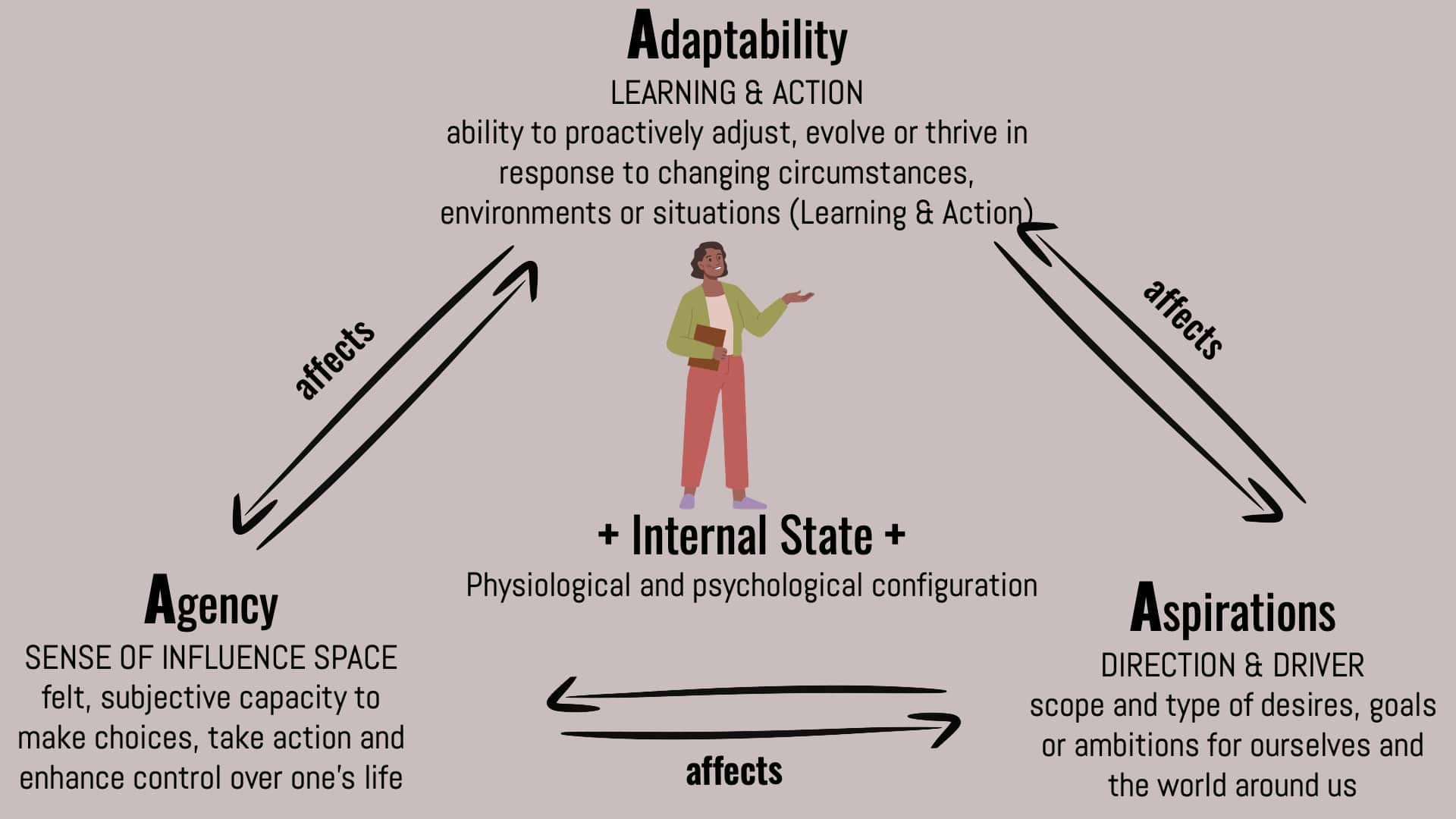
CONTACT US
STAY IN TOUCH
Join our mailing list to receive updates on resources and events.